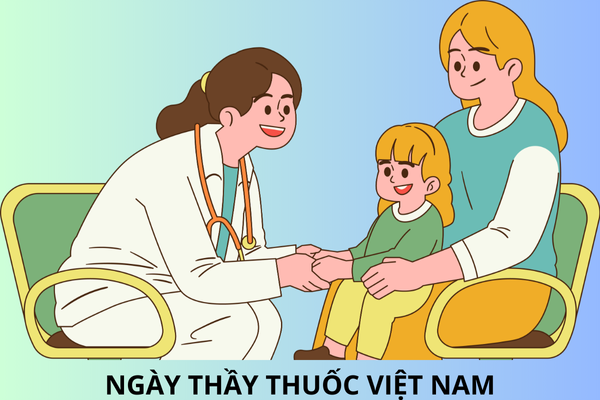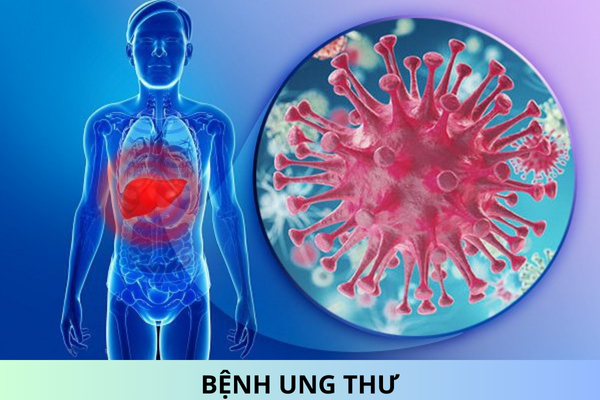Disinfection process for terminals, port operators and ships to prevent infectious diseases in Vietnam
May I ask, what is disinfection process for terminals, port operators and ships to prevent infectious diseases in Vietnam? Looking forward to support according to the latest regulations.
Pursuant to Section III of the Guidelines for disinfection of port areas and ships in prevention of infectious diseases, issued together with Decision 5787/QD-BYT in 2021 of the Ministry of Health, stipulating disinfection process for terminals, port operators and ships to prevent infectious diseases as follows:
Information collection and processing in Vietnam
- Collecting information from competent and responsible authorities at the port (Maritime Port Authority, Border Guard and Customs, agents, ship owners,...) or through inspection, supervision and control. The interpreter conducts inspection and verification of the area of risk of infection that needs to be handled.
- Identify areas and objects that need to be disinfected, appropriate chemicals to be used, and sterilization methods; note areas with high risk of infection: maritime check-in areas and counters, security screening and inspection areas, entry and exit procedures, customs clearance areas, waiting areas for boarding boats, medical quarantine check-in areas, escalators, elevators, handrails of public areas, toilets and baby changing areas, luggage trolleys and car collection points, waiting seats before security check and in the boarding area,...
Preparatory work in Vietnam
- Notify relevant competent agencies, units and individuals (port authorities, ship owners or representatives, service units at ports,...) to coordinate to ensure safety for people and equipment may be affected during the sterilization process.
- Arrange medical treatment staff according to actual needs and professional requirements.
- Personal protective equipment (including pants, shirt, glasses, hat, mask, gloves, boots), soap, antiseptic solution (60-80% alcohol content for hand hygiene and low at least 70% alcohol concentration for cleaning equipment) and necessary equipment and tools.
- Equipment and chemicals suitable for sterilization techniques.
- Waste bins and bags.
- Means of transporting equipment, tools, chemicals and infectious waste according to biosafety regulations.
Disinfection when detecting infectious disease agents in Vietnam
3.1. Request
- Cleaning and disinfecting public areas at the port should be done daily, weekly or monthly and increase the frequency of cleaning and disinfecting when there are dangerous infectious diseases related to transportation and often caused by specialized staff of the port and under the supervision of the health quarantine agency.
- Depending on the results of testing and monitoring of pathogens, the level of spread, the level of movement, communication of the patients, suspected infection and the density of people in the station area, the operator shall by which the inspector determines the level of disinfection.
- Any area detected with suspected or infected cases of Group A infectious diseases or other dangerous infectious diseases or with passengers returning from dangerous epidemic areas will be directly disinfected by medical quarantine officers. bacteria or a professional disinfection unit under the supervision of a medical quarantine officer.
3.2. Disinfection
3.2.1. Disinfect the air
- Use natural ventilation when conditions permit; Air conditioning ventilation, exhaust fans should be cleaned and maintained, and air filters replaced as specified by the manufacturer.
- Chemicals containing active chlorine and hydrogen peroxide can be used by aerosol spraying with 10-20ml/m3, however, only in unoccupied rooms.
- Windows must be closed before disinfection and reopened for ventilation after 60 minutes of disinfection; Surfaces and spaces should be sprayed evenly, starting from the top, and then from left to right.
3.2.2. Surface disinfection
a) Cleaning and sanitizing: before performing disinfection of station surfaces, the operator needs to clean all items.
- Open a yellow bag containing "biohazard" garbage and place it near the location intended to be cleaned and disinfected.
- Using a paper towel or adsorbent, wipe off any adhesive from the surface and place it in a "biohazard" bag.
- Change gloves if they are visibly contaminated.
- For secretions and vomit of suspected or infected cases:
+ Cover the treatment area with an absorbent paper towel and pour the absorbent chemical evenly from the outside to the inside in a spiral shape of the position to be treated.
+ Wait for a while for the effect of appropriate chemicals, as indicated in the instructions for use of chemicals, then clean up from outside to inside to avoid spreading the scope of contamination.
+ Clean the contaminated area with normal cleaning chemicals.
+ Collect used towels and tools into “biohazard” garbage bags.
+ Seal the “biohazard” garbage bags and ensure careful transportation and eventual disposal.
+ After cleaning up dirt, vomit, etc. of the patient, suspected of being infected,... then disinfecting is carried out.
b) Disinfectant chemicals
Depending on the causative agent, the extent and extent of contamination, the treatment area can use a solution containing active chlorine or a disinfectant chemical according to the regulations of the Ministry of Health or the manufacturer.
c) Disinfection method
Wet the surface in combination with cleaning, do not spray chemicals directly on electronic devices, must use cleaning with specialized rags with chemicals. After spraying/wiping chemicals, it is necessary to clean them with a clean dry cloth, avoiding chemical residues on electronic devices and touch surfaces of electronic devices.
Note disinfecting crowded areas and high-touch surfaces (such as check-in counters, buttons in elevators and escalator handrails, toilet door handrails).
3.2.3. Waste treatment: comply with regulations for infectious waste.
End of medical treatment and report in Vietnam
- Disposal staff remove and collect protective gear and garbage in the trash according to regulations.
- Disinfect hands with soap or antiseptic solution (60-80% alcohol content for hand hygiene), disinfect disinfection equipment with an antiseptic solution with at least 70% alcohol concentration.
- After the disinfection spray is completed, the handling staff will hand it over to the port representative or the representative in charge of the area that has been disinfected.
- Report to the shift leader, supervisor and relevant leaders after completing the handling.
Best Regards!











